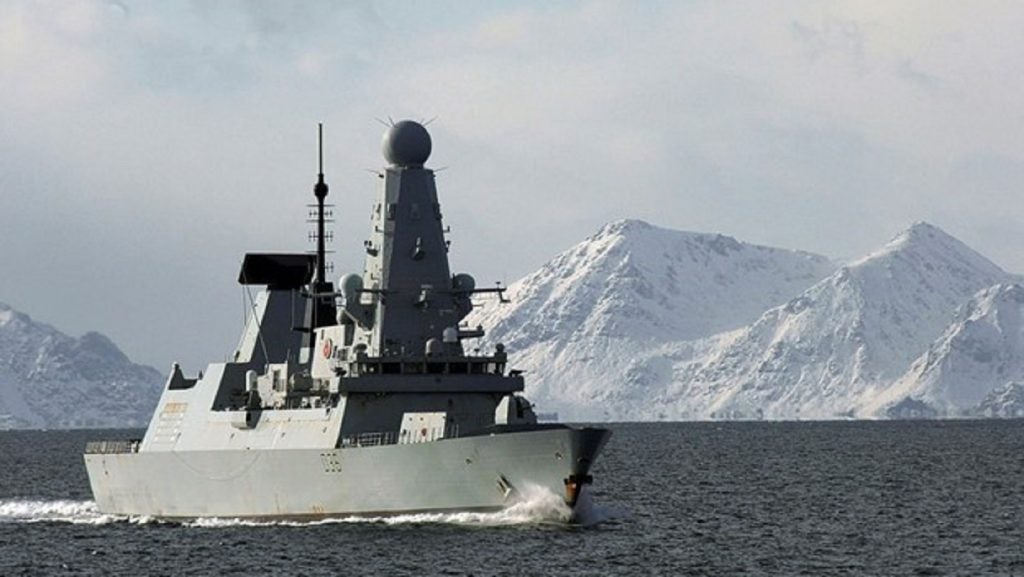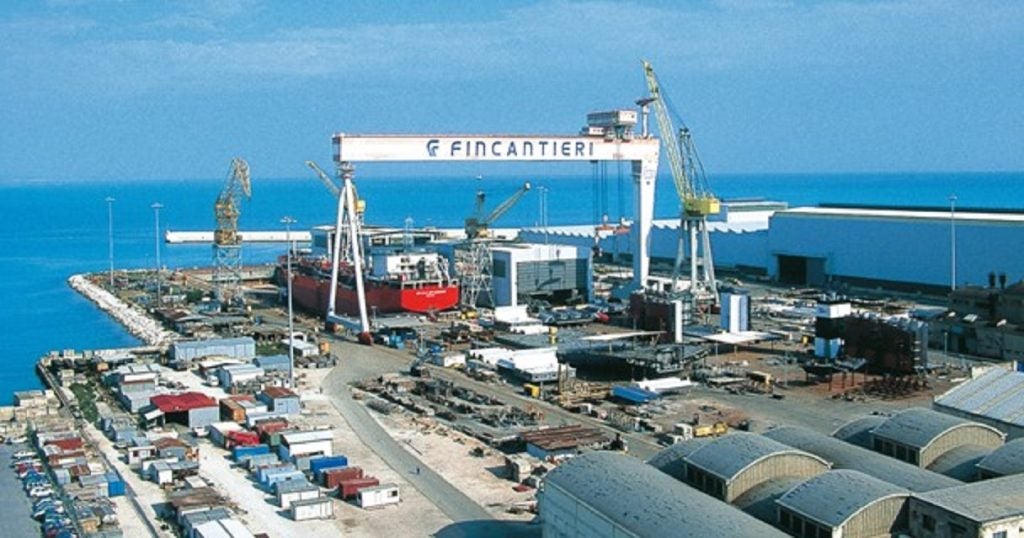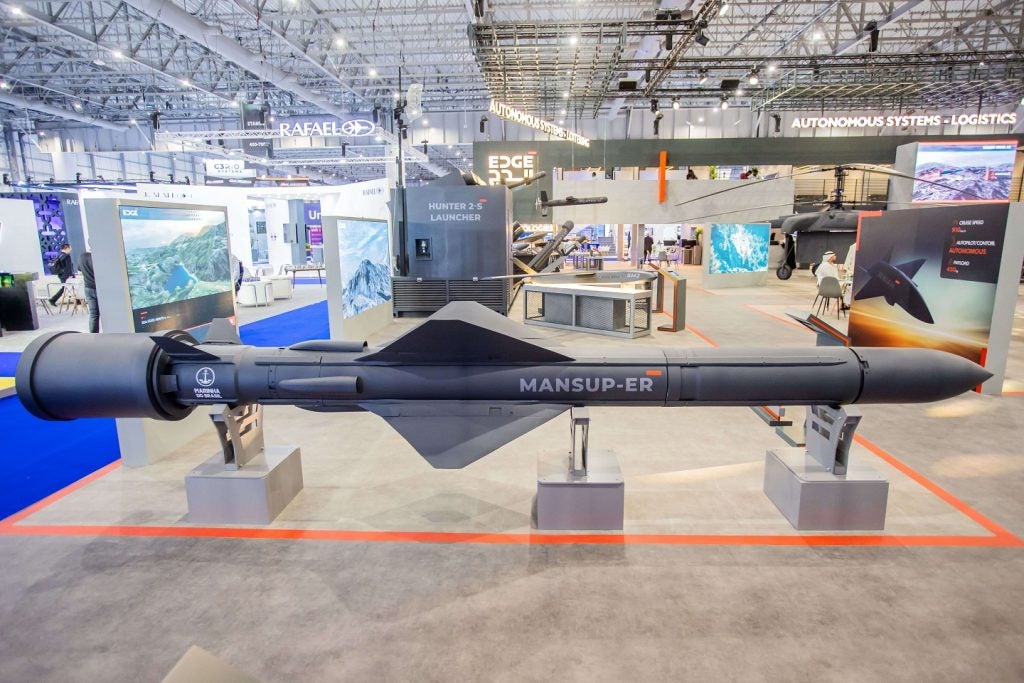A new electronic warfare (EW) system that will enhance UK Royal Navy warships has passed its critical design review stage, the UK’s procurement arm, Defence Equipment & Support (DE&S), announced on 13 November 2023.
The Maritime Electronic Warfare System Integrated Capability (MEWICS) can now proceed into manufacture, testing and acceptance.
Part of the Royal Navy’s Maritime Electronic Warfare Programme (MEWP) – which provides an enhanced defensive capability against anti-ship missiles – MEWSIC increment 1 is managed by DE&S and being developed by prime contractor Babcock alongside Elbit Systems UK.
Once operational, MEWSIC will offer increased detection and identification of radar signals over a greater range than what is currently possible. This will hasten operational decision-making, enhanced situational awareness and improved ship protection.
MEWSIC will bring the next generation of Radar Electronic Support Measure and EW Command and Control equipment being installed on Type 45 destroyers, Queen Elizabeth aircraft carriers, and the enduring Type 26 and new Type 31 frigates being built at Govan and Rosyth shipyards, respectively, in Scotland.
EW market attraction and Indo-Pacific policy
GlobalData intelligence tells us that the global EW market, which is currently valued at $13.9bn this year, is expected to reach $21.8bn by 2033. This is projected to grow at a compound annual growth rate of 4.6% over the forecast period.
The market is expected to be dominated by the Airborne Platform EW segment, which accounts for 55.1% of the market, followed by Land Platform EW segment with 28.3% share.
The war in Ukraine – and Europe’s fear of ground invasion – has spiraled the rise of airborne early warning and control aircraft as well as resilient ground-based EW systems.
Now, the naval domain is making headway through the UK Ministry of Defence’s MEWP. This development complement’s Britain’s ‘Indo-Pacific Tilt’, in which Defence is looking to innovate its deterrence posture in the region.
So far, the UK has previously committed a Queen Elizabeth-class aircraft carrier to the Indo-Pacific last year. This is now currently followed by the Royal Navy offshore patrol vessel, HMS Tamar, which has recently participated in trilateral maritime exercises with Australia and the US.











